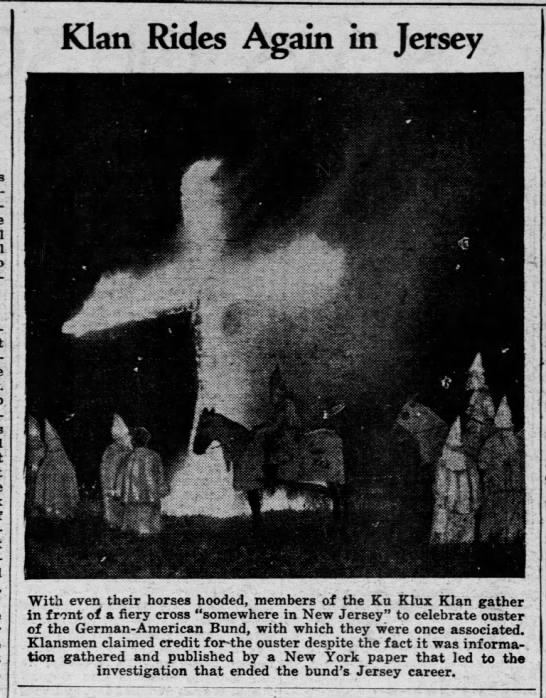Hi,
With all the antisemitism and race politics of the National Socialist movements. I was wondering how WW2 affected the KKK (which was/is antisemitic as well as anti-black and maybe anti-more (I am not an expert). Were they seen as competitors or Allies.
The KKK like the National Socialists had some weird self made roots and grew in West Virginia. For Example Robert Byrd (who might become a Senator and have his name appear on a telescope in our future) became a member, a Kleage (recruiter ) and Exalted Cyclops, leader of a new chapter with a rank named after easily duped brutes from Greek Mythology.
So how did the Klan feel about current 1941 and later events? and were they popular or not.
Best Regards,
Chewie. (who despises the Klan)
